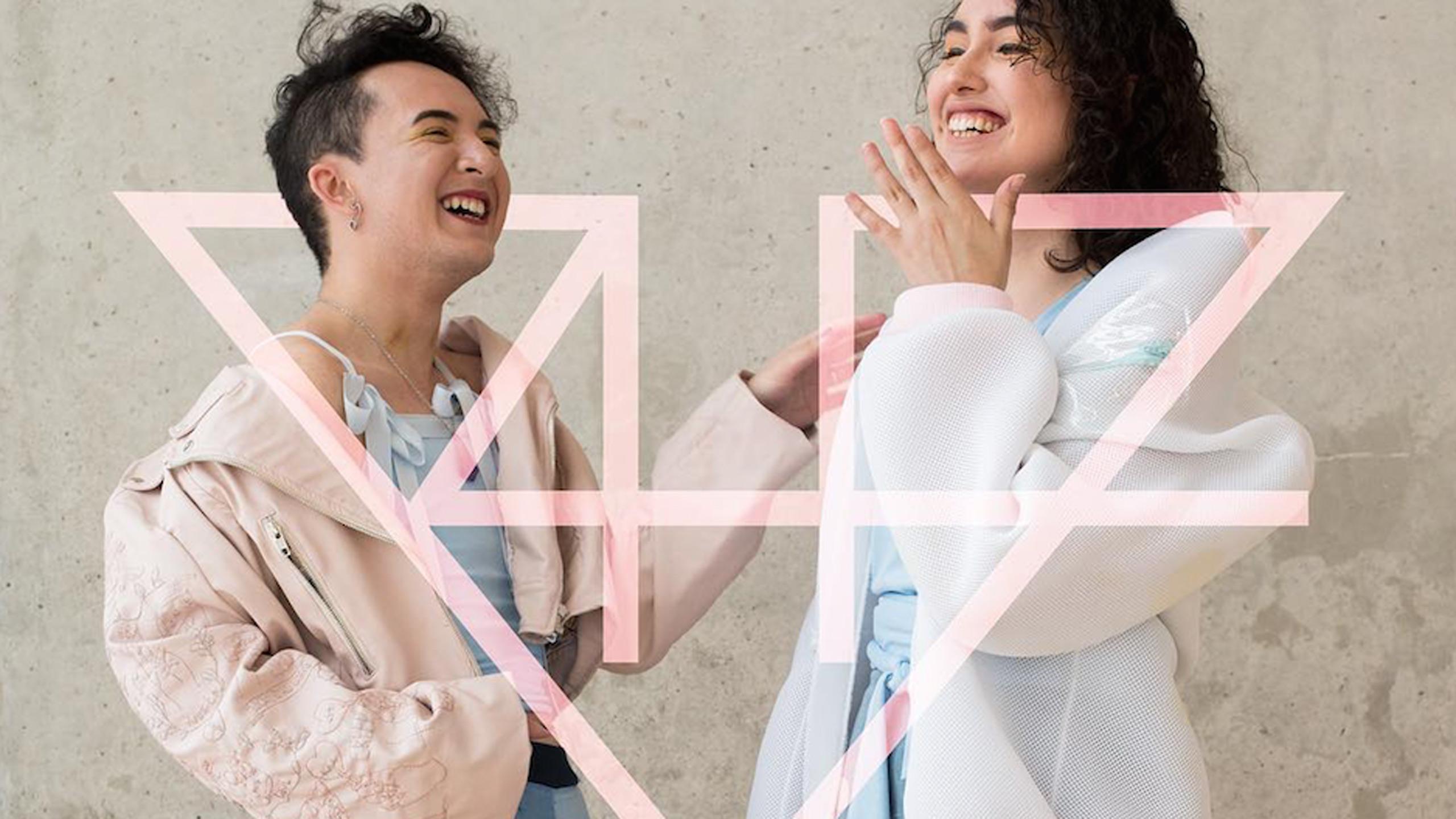By Emeraude Mbuku
With more people choosing to openly identify themselves as gender-fluid and malleable, as opposed to straight and fixed, the need for genderless fashion is also growing. However, when fourth-year fashion student Charlotte Carbone noticed that the majority of unisex clothes were fashioned the same way—nearly all consisted of the same neutral shapes and colours—she set out to change it.
“Everyone looks the same and they say it’s revolutionary. I really wanted to bring people together and give them a voice,” said Carbone.
That voice was pH7, the gender-more capstone project and the first clothing brand of its kind at Ryerson University, sourcing most of its materials locally and in her home country of South Korea.
Gender-more fashion, as described by Carbone, is fashion that recognizes how cis-normative clothing is. In comparison to genderless clothing, gender-more clothing doesn’t want to revolutionize the fashion industry with edgier designs, but rather rectify the problem that brands have created: a standard unisex uniform.
Carbone first started seeking simple solutions to genderless clothing for personal reasons—she wanted to find ways to make everyday items more appealing and flattering to individual bodies and in particular, for the changing bodies of the people around her.
“Typically when you go into a store, there’s the men’s section and the women’s section or at times, just men’s and just women’s. That can be very uncomfortable for gender non-conforming people, especially since everyone is assumed to be straight and cisgender and expected to follow these codes of what it means to be straight and cisgender.”
Fashion magazines like GQ Magazine argue that gender ambiguity will continue to reign as the “perennial hot topic in the fashion industry” and that it will soon overtake gendered clothing, Carbone isn’t convinced that the flower-patterned suits and bell-bottom jeans in the latest menswear collections have marginalized communities in mind since clothing remains an issue for both genderfluid and transgender people. “Brands see this LGBT craze as a craze. They’ve bandwagoned on the gender-more movement for capitalist reasons. pH7 is different – it sees a community fighting for existence.” Despite the unspoken rule that cultural disciplines “should not discriminate against its audiences,” the truth is far from the fact. Fashion is a highly targeted market and even when a brand is curated by someone new, the subject remains the same: cisgender and heteronormative.
Whether Carbone expects to grow the brand after graduation and further develop the gender-more movement is a question that has yet to be answered. “I really hope that I can do another [pop-up] in the fall, but I don’t want to be a designer with my own independent label as much as I want to be a design researcher.” Research, according to Carbone, is much more interesting and important in deciphering trends. “This movement is very much on trend,” but what is fashion if it’s not in vogue?










Leave a Reply